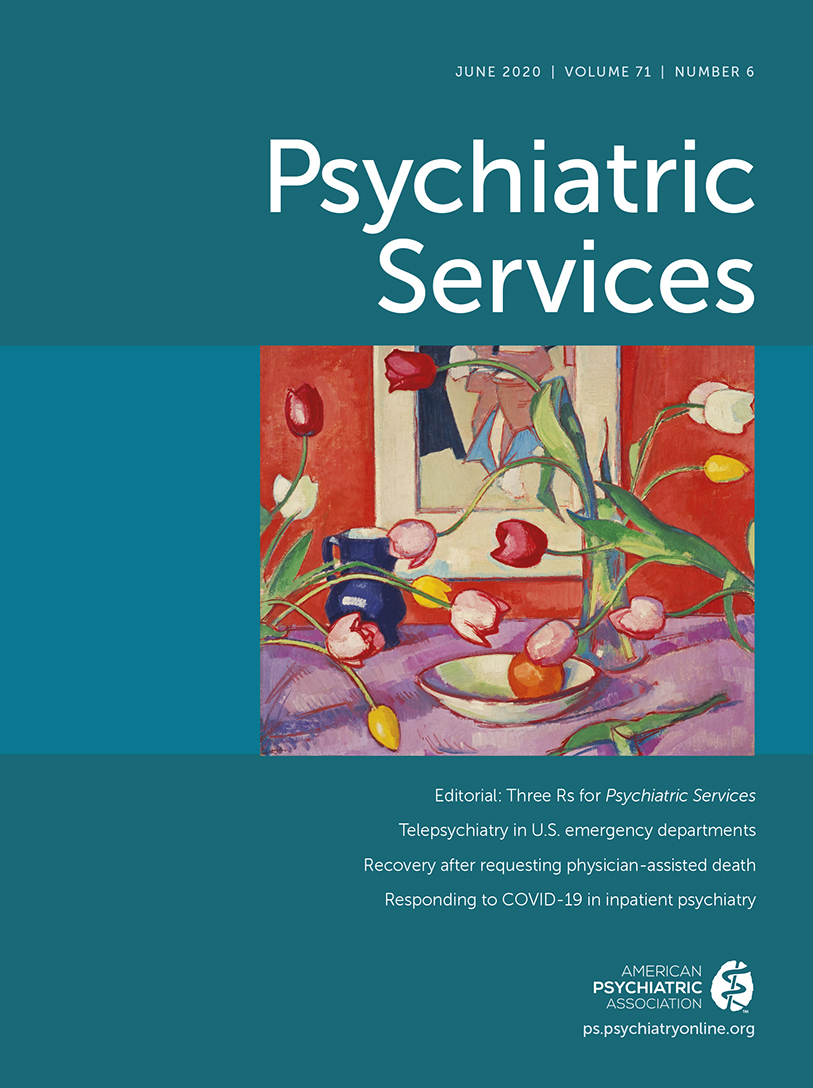Caring for Depression—Progress and Lingering Questions
This month’s issue includes two articles on treatment and burden of depression (1, 2). These studies highlight the strengths of general population surveys and claims data in shedding light on important aspects of depression care. Because they capture individuals who are not in treatment or who are underrepresented in clinical settings, general population surveys are ideal for studies examining predictors of care seeking and selection into treatment. The population surveys can also reflect the perspective of the individual, a perspective that, in the age of patient-centered care, is increasingly valued. Claims data, in contrast, are ideal for profiling objectively assessed patterns of service use and cost of care over time and often across settings. The two studies on depression care in this issue also highlight lingering questions regarding management of this common mental health condition.
Alang and colleagues (1) examined characteristics associated with use of different treatment modalities (medication, counseling, and counseling plus medication) for participants with major depressive episodes in the National Survey on Drug Use and Health, 2015–2016. The study represents an advance on past research that mostly examined predictors of any treatment, irrespective of modality. The authors found that how a patient enters care (independently or asked by someone) and the person’s severity of symptoms, race-ethnicity, age, and place of residence are associated with the specific modality of treatment that he or she receives. Some of these associations likely reflect variations in clinical presentation, need, and patient or provider preferences; others may reflect variations in availability and accessibility of services. A surprising finding of the study is the high prevalence of receiving counseling either in conjunction with medications or alone (91%), which is likely a reflection of the broad definition of “counseling” in this study. The authors rated the respondent as having received counseling “if the respondent reported seeing or talking to a health professional about his or her symptoms.” Some of these contacts were probably formal psychotherapy visits conforming to one of the evidence-based psychotherapies. The majority of these contacts, however, were likely brief or very brief interactions with health care professionals. Whereas the bulk of research on psychotherapeutic interventions in depression has focused on manualized formal therapies, relatively little is known about the correlates and benefits of the much more common but less structured and less formal interactions between the patients and providers. These interactions likely contribute to the dramatic placebo effect of antidepressant treatments. Clearly, more research in this area is needed.
The article by Shrestha and colleagues (2) reports on the high health care resource utilization and costs associated with treatment-resistant depression. Using claims data, the study extends past research on health care costs associated with treatment-resistant depression by using data from a broad range of patients covered by Medicaid, Medicare, and commercial insurance plans. Treatment resistance was operationalized by starting a third antidepressant shortly after stopping the second antidepressant or starting augmentation medication treatment, suggesting treatment failure or inadequate response. The authors concluded that the finding underscores “the need for early identification of treatment-resistant depression—ideally based on clinical criteria rather than treatment failures—to ensure close monitoring.” This conclusion is reasonable. However, there is little guidance in the field as to what should be monitored and how to intervene to prevent the development of treatment resistance. Fortunately, past research has identified numerous clinical and sociodemographic factors associated with treatment-resistant depression, which range from comorbidities and presence of psychotic or anxiety symptoms to biomarkers and medication nonadherence. Researchers are now tasked with identifying the causal factors that can be modified to meaningfully reduce the risk of treatment-resistant depression and improve the quality of life of these patients, who account for 20%−30% of the patient population with major depressive disorder.
1 : Selection into mental health services among persons with depression. Psychiatr Serv 2020; 71:588–592Abstract, Google Scholar
2 : Incremental health care burden of treatment-resistant depression among commercial, Medicaid and Medicare payers. Psychiatr Serv 2020; 71:593–601Abstract, Google Scholar



